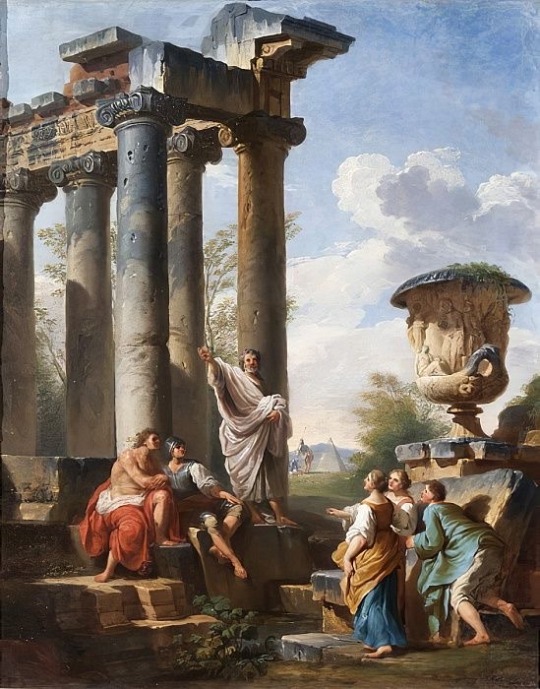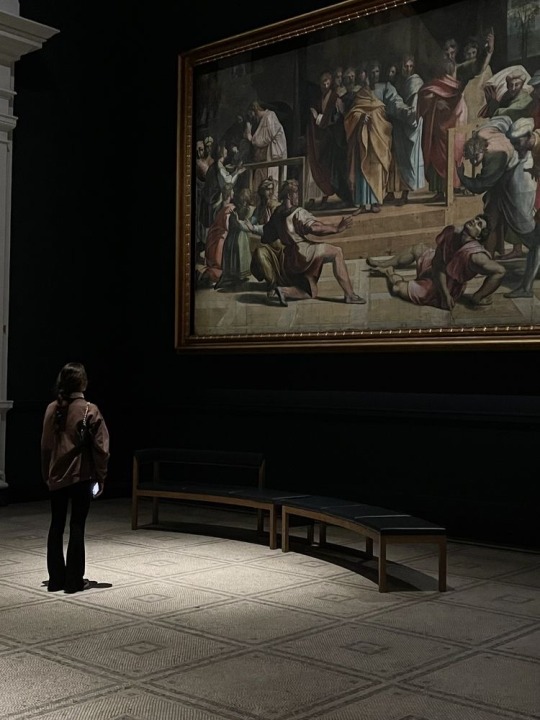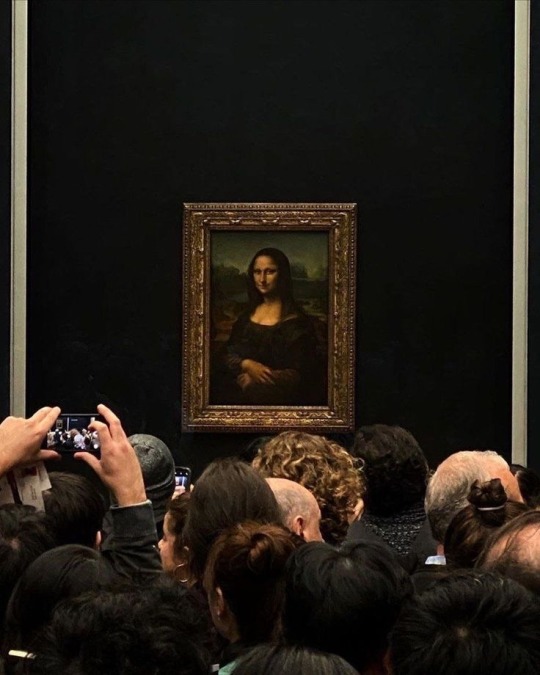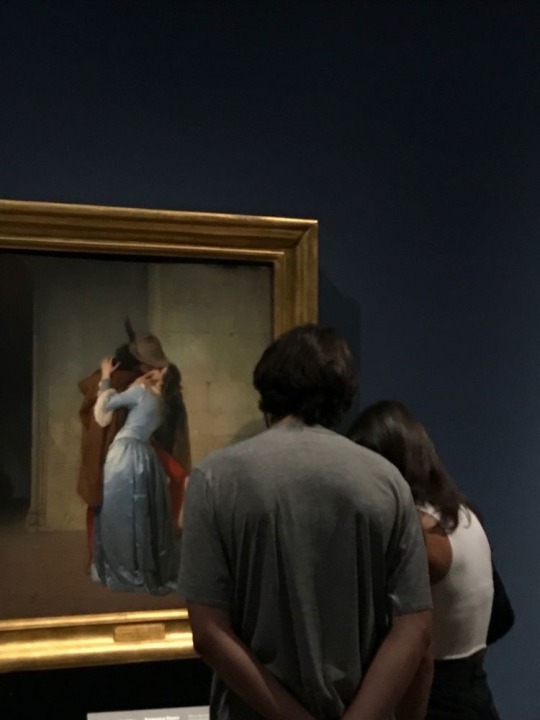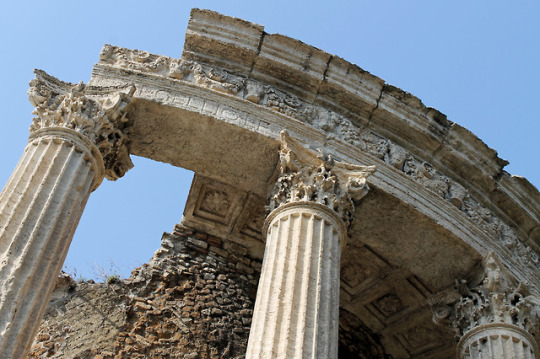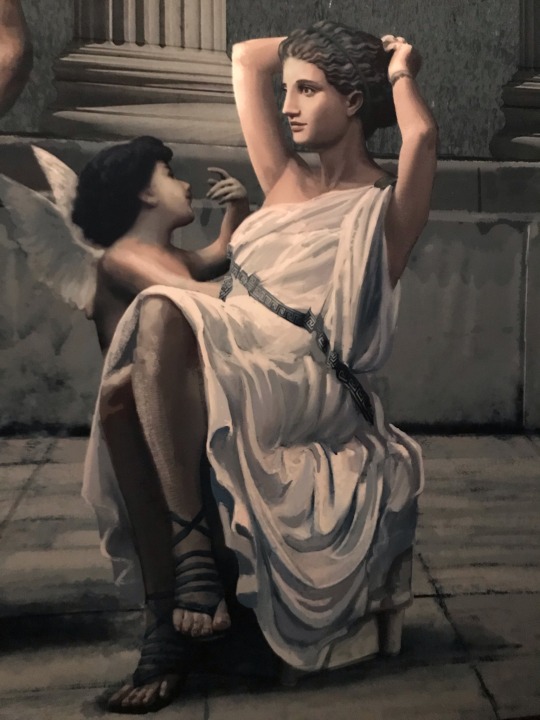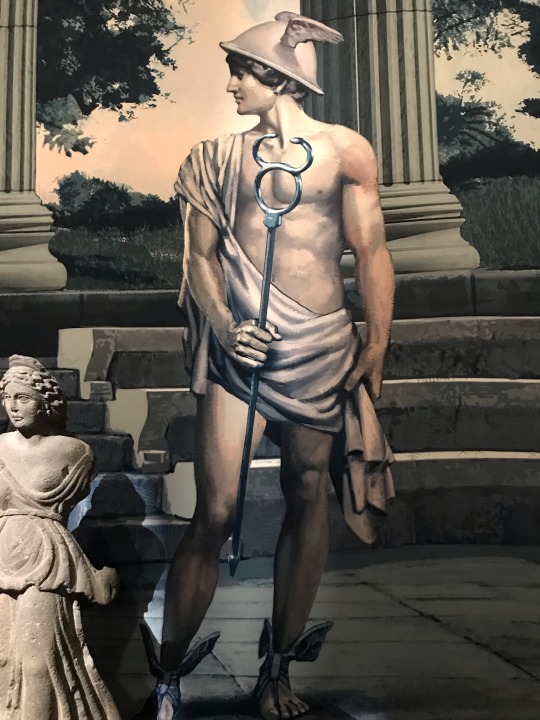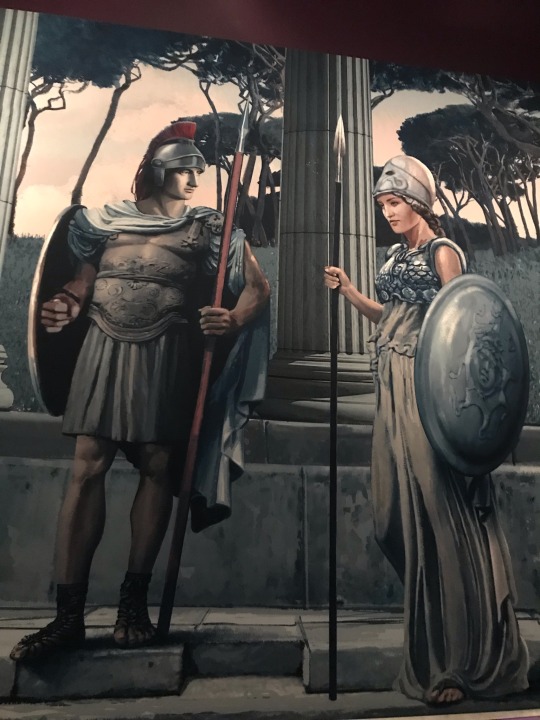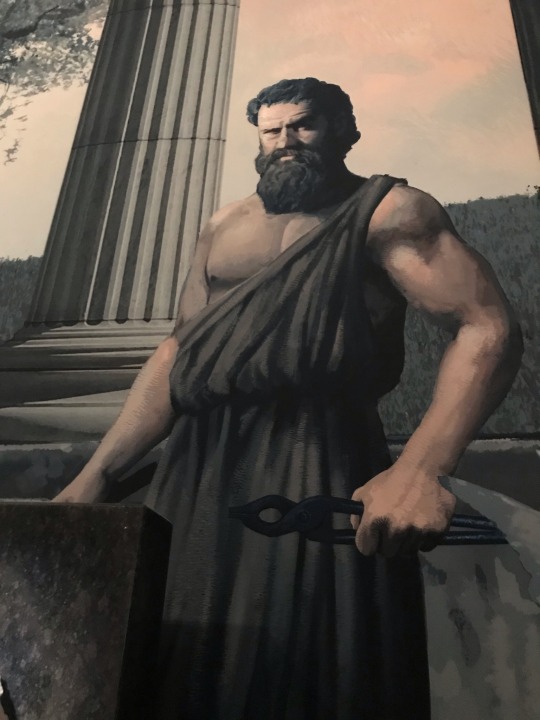Text


Marble portrait of the co-emperor Lucius Verus. Roman 161–169 CE. x
This fragmentary head comes from an over-life-sized portrait bust or statue of Lucius Verus, co-emperor with Marcus Aurelius (r. A.D. 161–180). At the beginning of his reign, Verus was sent to the East to direct military operations against the Parthians, and although the war was concluded successfully in A.D. 166, his returning troops brought back the plague, which ravaged the Empire for several years thereafter. He is compared unfavorably with Marcus Aurelius by the ancient sources, but the portrait shown here has a leonine majesty that gives little indication of his reputation as an idle and dissolute ruler. It is typical of Antonine style in its use of luxuriant drillwork in the hair and engraved eyes to dramatize the basically naturalistic image.
136 notes
·
View notes
Text
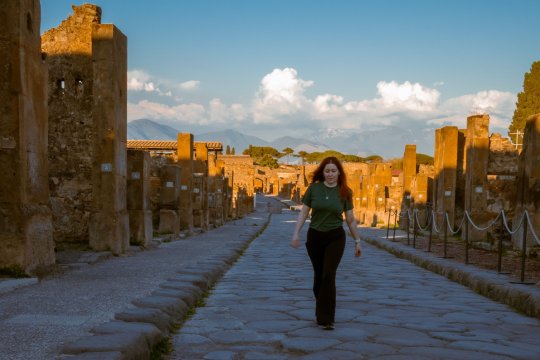

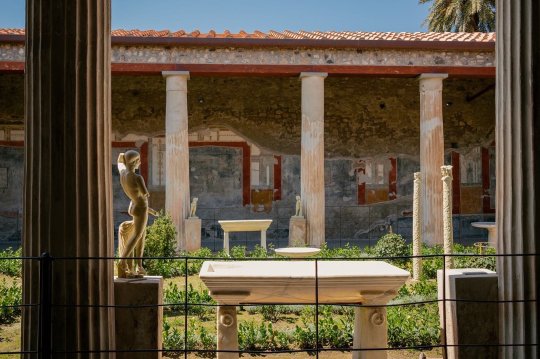


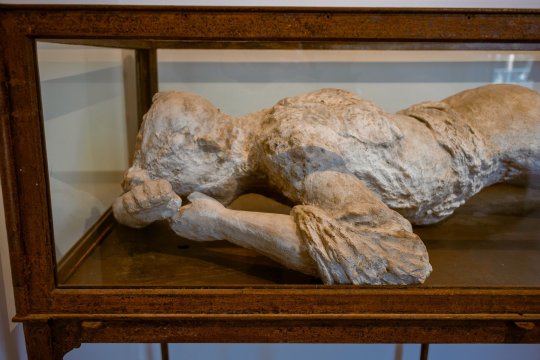

Pompeii, 04.19.23
Some pictures from my trip to Pompeii last week! Not my usual art content but I'm so happy with how these pics came out I wanted to share x
579 notes
·
View notes
Text
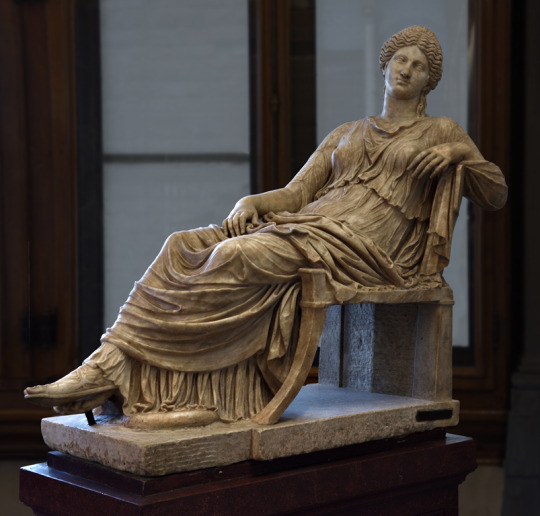

~ Statue of a seated woman.
Date: A.D. Mid-1st. century
Florence, Uffizi Gallery (Firenze, Galleria degli Uffizi)
Medium: Greek Marble
668 notes
·
View notes
Text
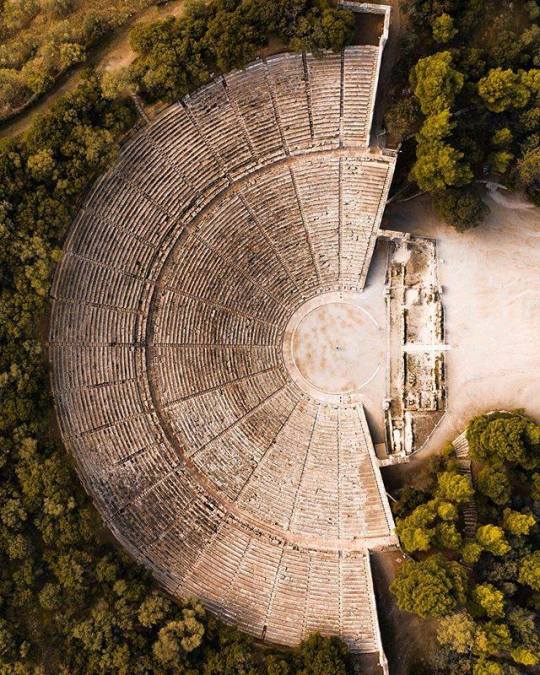
The Ancient Theatre of Epidaurus (4th century BC), Argolis, Greece
3K notes
·
View notes
Text
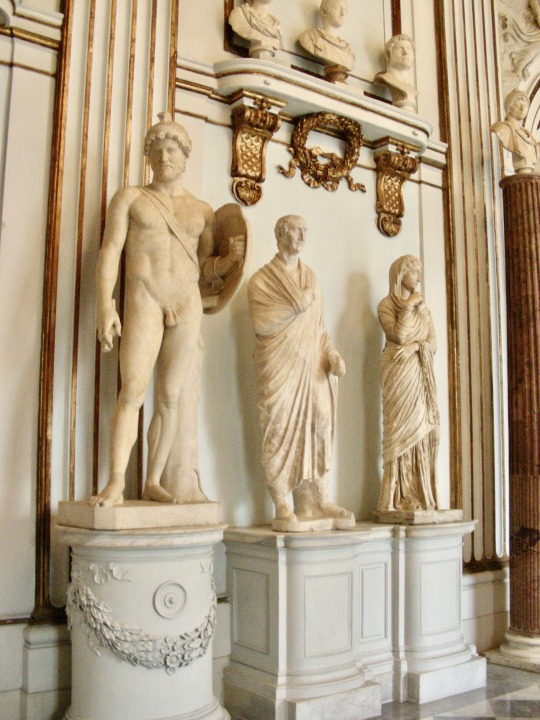
Gruppo scultoreo dell'Impero Romano, Musei Capitolini, Roma, 2009.
77 notes
·
View notes
Text

Mosaic with Personification of the River Tigris, late 100-200
Roman culture, excavated at Antioch, Southern Turkey
76 notes
·
View notes
Text
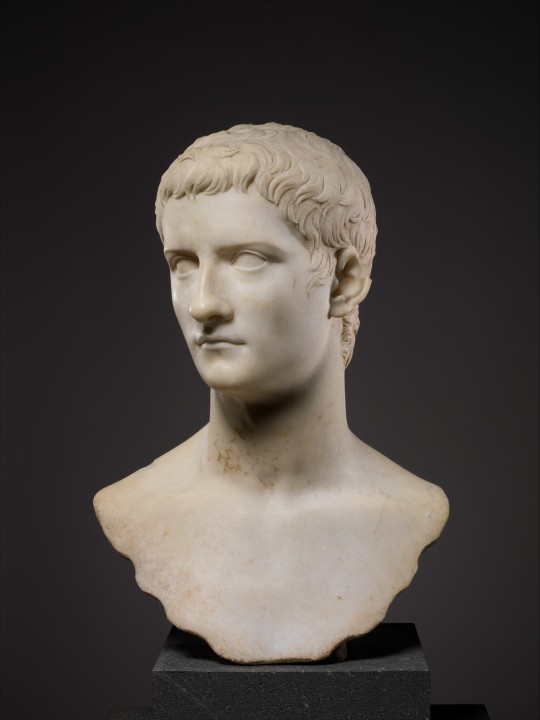
Marble portrait bust of the emperor Gaius, known as Caligula. Roman 37–41 CE. x
The portrait style created for Augustus was adopted by his family and immediate successors in order to stress the unity and continuity of the Julio-Claudian dynasty. This fine bust of Caligula (r. A.D. 37– 41) has regular features and carefully designed locks of hair similar to those in portraits of Augustus. Here, however, the artist has also conveyed something of Caligula’s vanity and cruelty in the proud turn of the head and the thin, pursed lips.
159 notes
·
View notes
Text
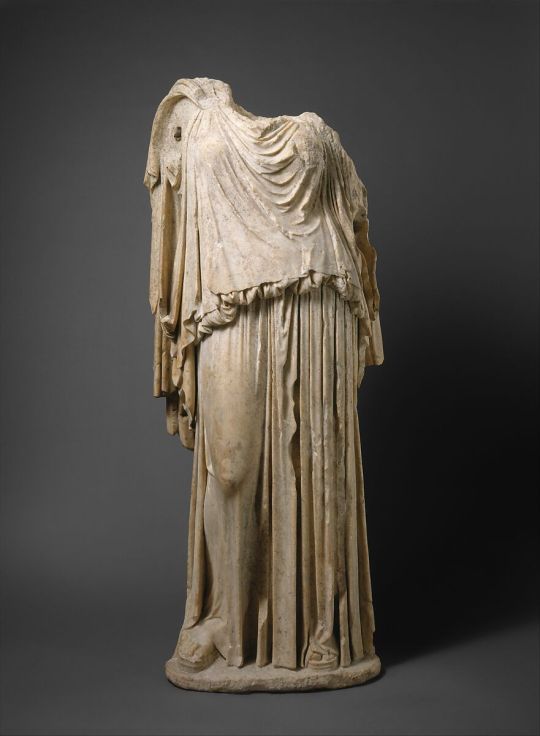
Marble statue of Eirene (the personification of peace). Roman copy of Greek original by Kephisodotos. ca. 14–68 CE x
Copy of a Greek bronze statue of 375/374–360/359 B.C. by Kephisodotos
Eirene, the daughter of Zeus and Themis, was one of the three Horai (Seasons), maidens closely associated with the fertility of the earth and the nurturing of children. The original bronze was erected in the Agora (marketplace) of Athens between 375/374 and 360/359 B.C. Rarely can an ancient monument be dated so exactly. We know from literary sources that the cult of Eirene was introduced to Athens in 375/374, and six recently found Panathenaic amphorae dated to 360/359 show an image of the statue. The Greek traveler Pausanius saw the work in the Agora in the second century A.D. and reported that it was by the sculptor Kephisodotos. Eirene was represented as a beautiful young woman wearing a peplos and himation (cloak), holding a scepter in her right hand, and carrying the young child Ploutos (the personification of wealth) and a cornucopia on her left arm. The figure brings to mind images of Demeter, the major goddess of agricultural plenty and the mother of Ploutos.
197 notes
·
View notes
Text
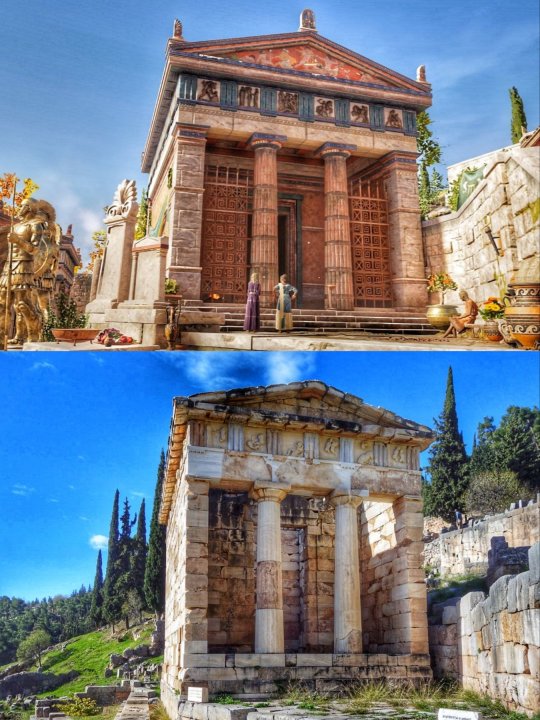
The Athenian Treasury at Delphi, in the 5th century BC and today.
1K notes
·
View notes
Text
Dünya'nın ilk notalı ve en eski ikinci şarkısı olan Aydın Tralleis’li Seikilos’un Antik Şarkısı: 'Işılda Henüz Yaşıyorken, Gamı Tasayı At Bir Kenara'
Dünya’nın ilk notalı ve en eski ikinci şarkısı olan Aydın Tralleis’li Seikilos’un Antik Şarkısı: ‘Işılda Henüz Yaşıyorken, Gamı Tasayı At Bir Kenara’
Arkeologlar tarafından Aydın’da keşfedilen Tralleis Antik Kenti’nde bulunan bir mezar taşı, tarih içerisinde uzun bir yolculuk keyfi sunuyor. Bu mezar taşına kazınmış bu Sümer İlahisi, günümüze ulaşmış ve tam olarak çalınabilen en eski ikinci müzikal eser. Seikilos Mezar Yazıtı, 1882-1883 yıllarında Aydın- İzmir demir yolunun inşaatı sırasında Tralleis antik kentinde bulundu. Kitabe, demiryolu…
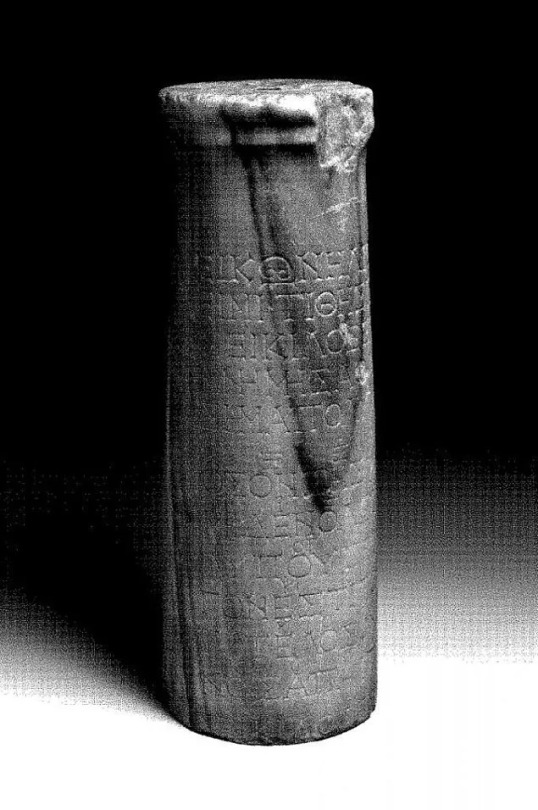
View On WordPress
2 notes
·
View notes
